I Rewrote The Lyrics To A Day In Life By The Beatles From A Modern Day Lens When Trump Got Elected In
I rewrote the lyrics to A Day In Life by the Beatles from a modern day lens when Trump got elected in November, and thought today would be a proper day to share it. Got my good friend @larrybarnesmusic to play it with me.
I could talk about all the ways this is scary and upsetting, but at the end of that day, I think all that's important right now is to be here for one another. Hug your friends today, and take care of yourself.
More Posts from Juanalogues and Others
worthy 4/1/21
worthy of goodness
is learned in time and self trust
is learned in healing
imaginary 4/19/21
i want to meet you,
my imaginary friend,
fictional partner

Tryptophan’s first ever ep, A Deep Breath, is now out on all streaming platforms! Stream it, add it to your playlists! Link in bio! I feel so incredibly lucky to be playing and making music with some of my best friends in the world. Here’s a little album description I wrote: a deep breath, to us, is a chance to stop and calm our nerves, whether it be at the bar you frequent where they always forget your name, when you are waiting for happiness to return, or when you can't quite seem to heal. however, a deep breath is also a moment of gratitude. a moment to take into consideration the small things that make us human and make our lives meaningful. a grassy day in june, a paper coffee cup, and a gentle rustle in the leaves. https://www.instagram.com/p/CY_4LgkFnAL/?utm_medium=tumblr

4/8/24
i wrote this one on a trip to see the solar eclipse this year. we were driving down the highway to get to the spot we had traveled so far to arrive at. to experience a miraculous three minutes and thirty-eight seconds. i felt like i could feel the anticipation in everything, even the other cars around us.
thanks for the artistic help with this one @cj-sass

Ever Had
this haiku was inspired by a John Legend song
4/20/22
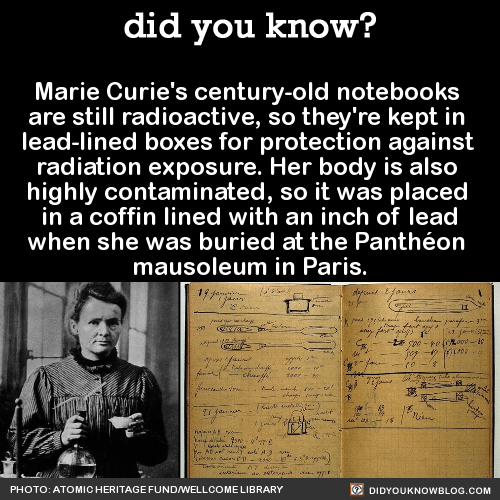
Marie Curie’s century-old notebooks are still radioactive, so they’re kept in lead-lined boxes for protection against radiation exposure.

Photo via: Wellcome Library, London
Anyone wishing to handle her notebooks, personal effects, or other items have to wear protective gear and sign a liability waiver, just in case. She basically walked around carrying radium and polonium in her pockets, so… yeah.

Photo via: Amanda Macias/Business Insider
Marie and her husband Pierre are buried in Paris’s Panthéon, a mausoleum in that contains the remains of distinguished French citizens — including philosophers Rousseau and Voltaire.
Source
COMPARISON PHOTOS: hubble vs james webb
SMACS 0723
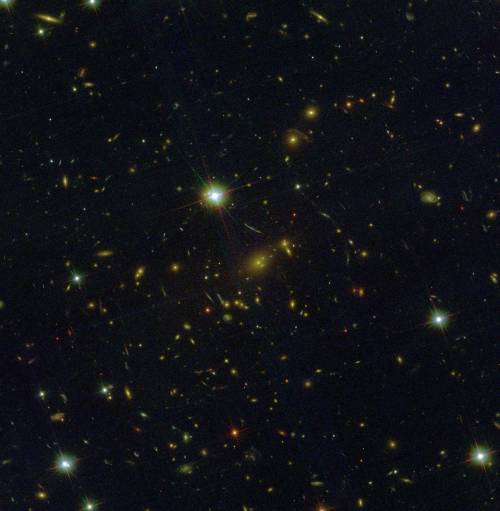
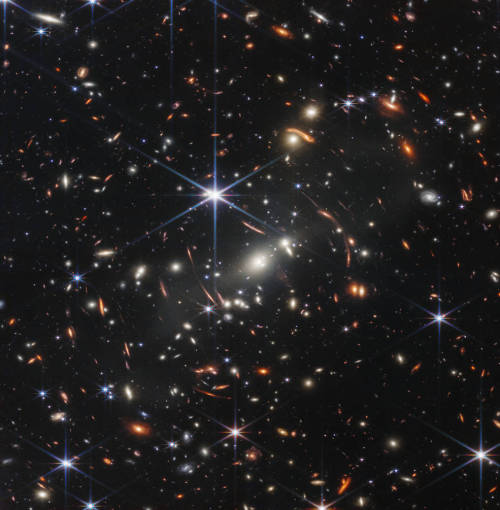
southern ring nebula

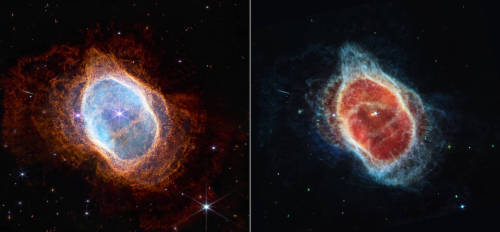
carina nebula (NGC 3324)
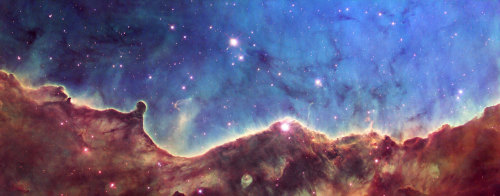

stephan's quintet



a haiku i wrote after a walk along the shore on 4/7/24

another eclipse haiku from 4/8/24
The Genius of Marie Curie

Growing up in Warsaw in Russian-occupied Poland, the young Marie Curie, originally named Maria Sklodowska, was a brilliant student, but she faced some challenging barriers. As a woman, she was barred from pursuing higher education, so in an act of defiance, Marie enrolled in the Floating University, a secret institution that provided clandestine education to Polish youth. By saving money and working as a governess and tutor, she eventually was able to move to Paris to study at the reputed Sorbonne. here, Marie earned both a physics and mathematics degree surviving largely on bread and tea, and sometimes fainting from near starvation.

In 1896, Henri Becquerel discovered that uranium spontaneously emitted a mysterious X-ray-like radiation that could interact with photographic film. Curie soon found that the element thorium emitted similar radiation. Most importantly, the strength of the radiation depended solely on the element’s quantity, and was not affected by physical or chemical changes. This led her to conclude that radiation was coming from something fundamental within the atoms of each element. The idea was radical and helped to disprove the long-standing model of atoms as indivisible objects. Next, by focusing on a super radioactive ore called pitchblende, the Curies realized that uranium alone couldn’t be creating all the radiation. So, were there other radioactive elements that might be responsible?

In 1898, they reported two new elements, polonium, named for Marie’s native Poland, and radium, the Latin word for ray. They also coined the term radioactivity along the way. By 1902, the Curies had extracted a tenth of a gram of pure radium chloride salt from several tons of pitchblende, an incredible feat at the time. Later that year, Pierre Curie and Henri Becquerel were nominated for the Nobel Prize in physics, but Marie was overlooked. Pierre took a stand in support of his wife’s well-earned recognition. And so both of the Curies and Becquerel shared the 1903 Nobel Prize, making Marie Curie the first female Nobel Laureate.

In 1911, she won yet another Nobel, this time in chemistry for her earlier discovery of radium and polonium, and her extraction and analysis of pure radium and its compounds. This made her the first, and to this date, only person to win Nobel Prizes in two different sciences. Professor Curie put her discoveries to work, changing the landscape of medical research and treatments. She opened mobile radiology units during World War I, and investigated radiation’s effects on tumors.

However, these benefits to humanity may have come at a high personal cost. Curie died in 1934 of a bone marrow disease, which many today think was caused by her radiation exposure. Marie Curie’s revolutionary research laid the groundwork for our understanding of physics and chemistry, blazing trails in oncology, technology, medicine, and nuclear physics, to name a few. For good or ill, her discoveries in radiation launched a new era, unearthing some of science’s greatest secrets.
From the TED-Ed Lesson The genius of Marie Curie - Shohini Ghose
Animation by Anna Nowakowska
-
 putomillennial liked this · 4 months ago
putomillennial liked this · 4 months ago -
 putomillennial reblogged this · 4 months ago
putomillennial reblogged this · 4 months ago -
 juanalogues reblogged this · 4 months ago
juanalogues reblogged this · 4 months ago
